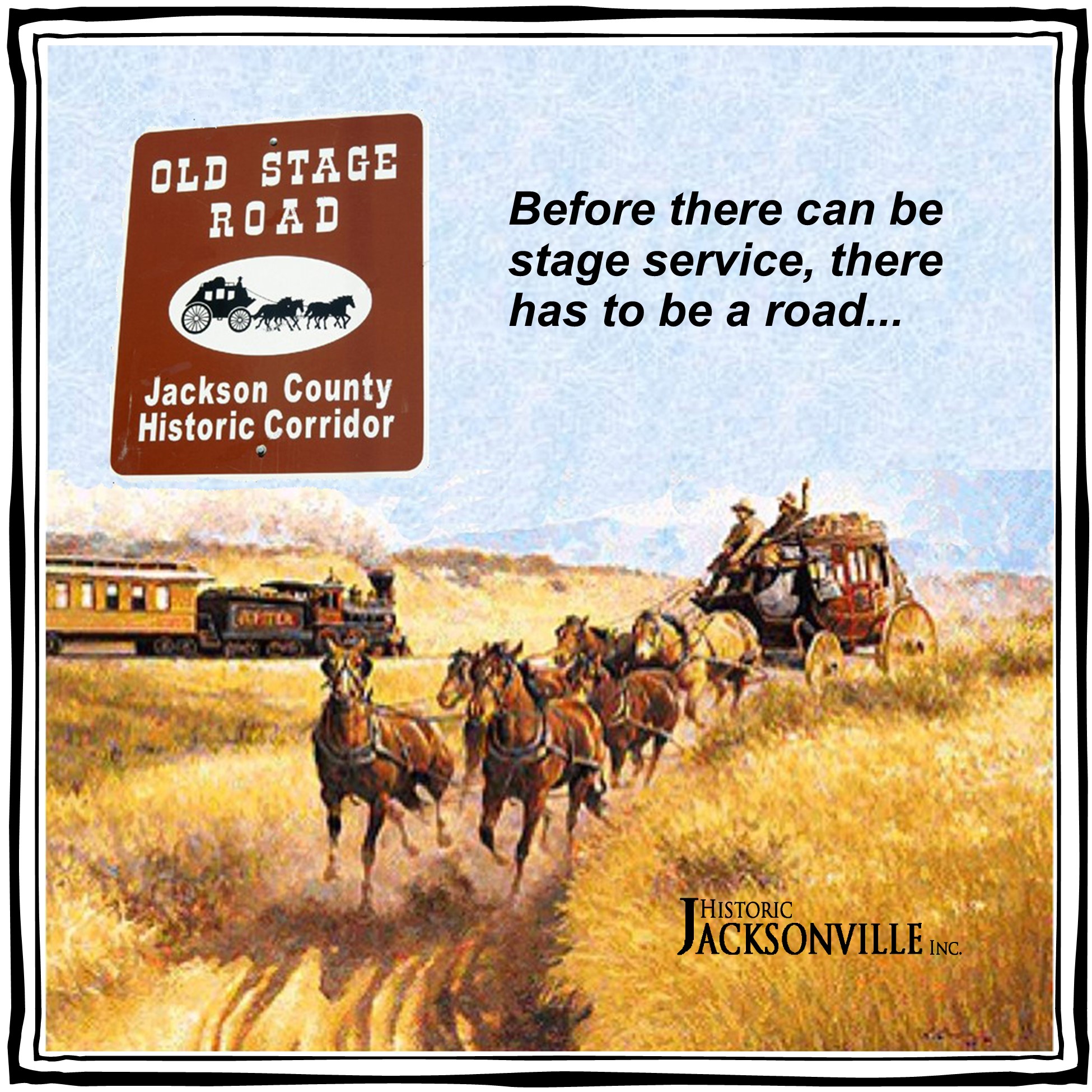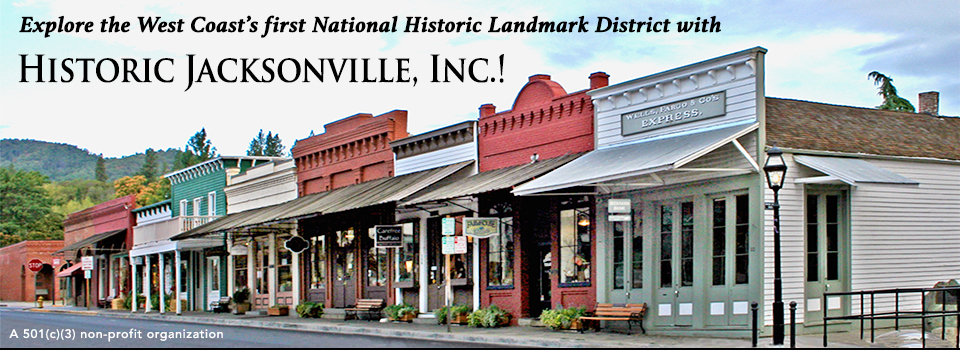
January 19, 2021
Have you ever wondered about the names “Old Stage Road” or “South Stage Road” for the streets leading north and south from Jacksonville? Well, you can’t have stage service without roads. Regular stage service for the area did not begin until the mid-1850s and the stops were Ashland, Jacksonville, and Rock Point (near Gold Hill).
The route to Yreka was not a road; it was a rough and difficult passage best made on foot or horseback. The Siskiyou Mountain Wagon Road, a toll road and the first “engineered” road over the mountain crest that separates California and Oregon, did not open until August 1859.
Stages could now run from Sacramento, California, to Portland, Oregon. The stage and freight companies carried passengers at a charge of 12½¢ per mile. Freight was hauled for 4¢ per pound, in large, heavily built wagons. What made the service profitable was a lucrative contract to carry the U.S. Mail. This 710-mile route was the second longest stage run in the U.S.
So why the strange 90 degree turns in the road? If a land claim holder refused permission to pass through his property, the road had to go around it.
Although pack trains occasionally carried passengers, the stage and freight wagons were the principal methods of transportation and passenger travel until 1884, when the railroad entered the Rogue River Valley. With completion of the railroad over the Siskiyous, the last stagecoach traversed the pass on December 18, 1887, the day following the official Golden Spike ceremony in Ashland.
